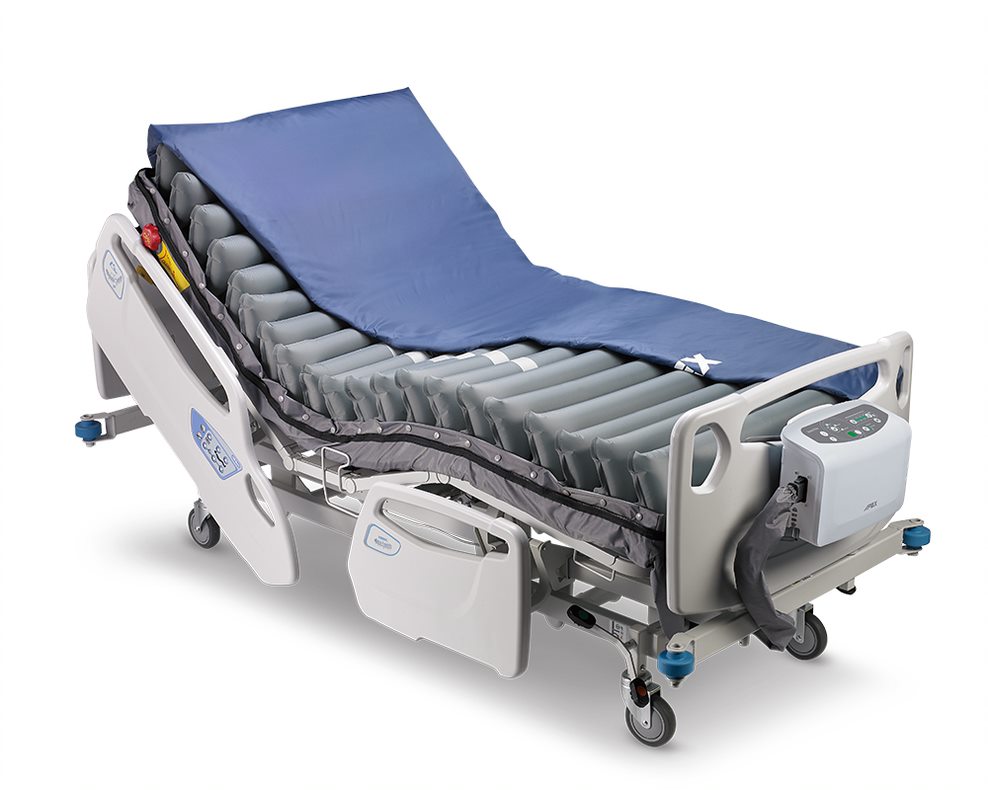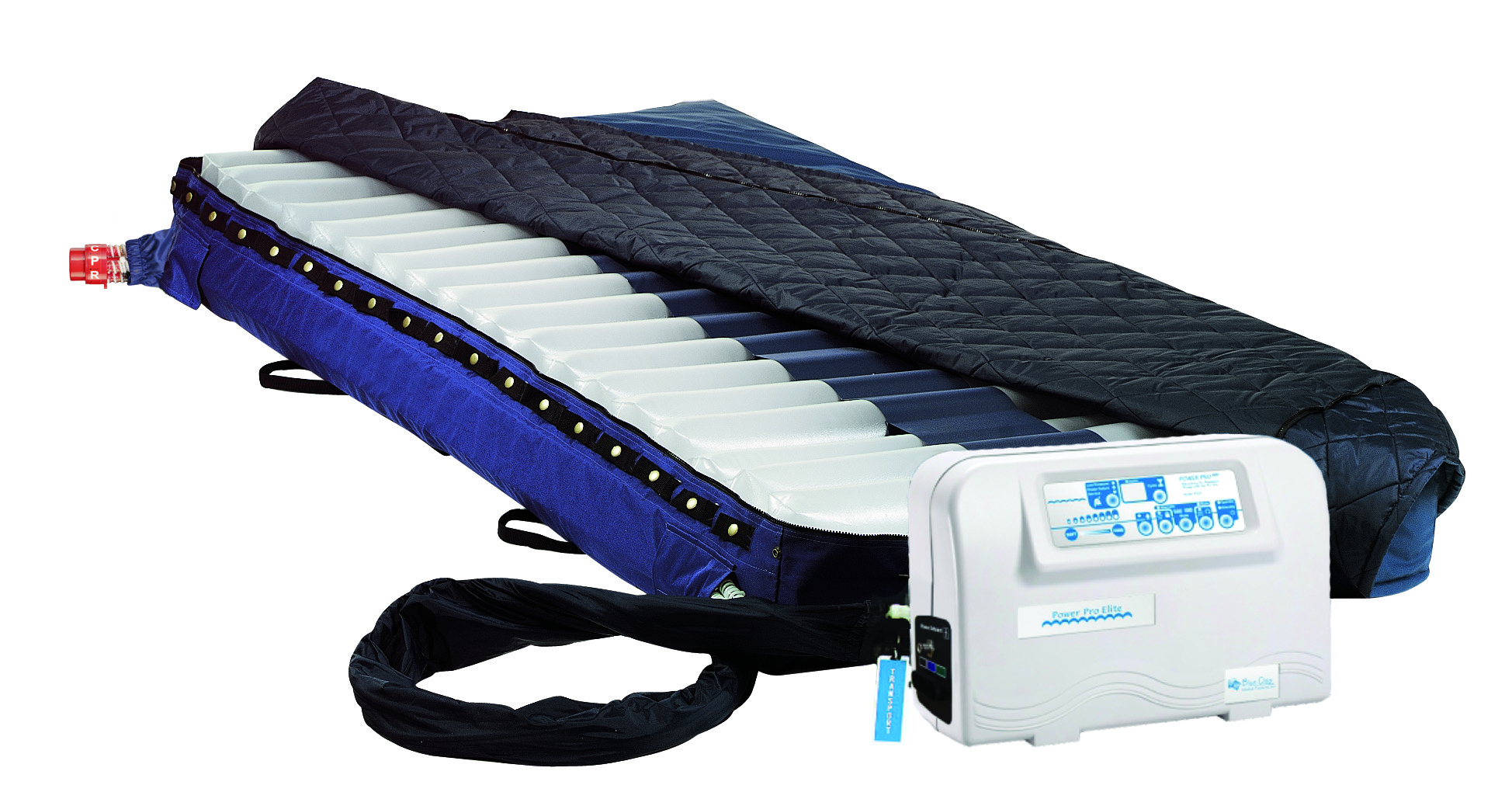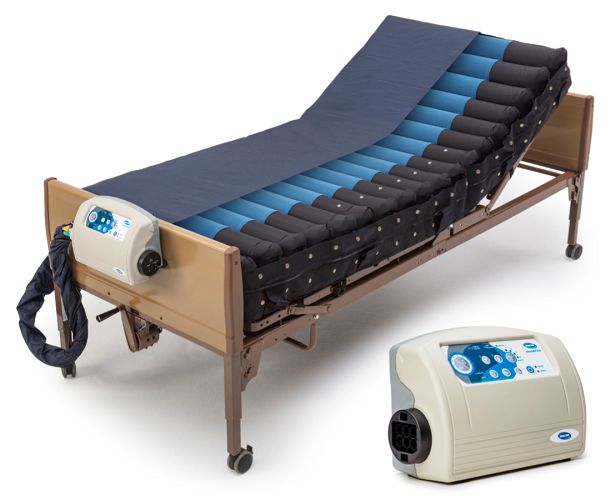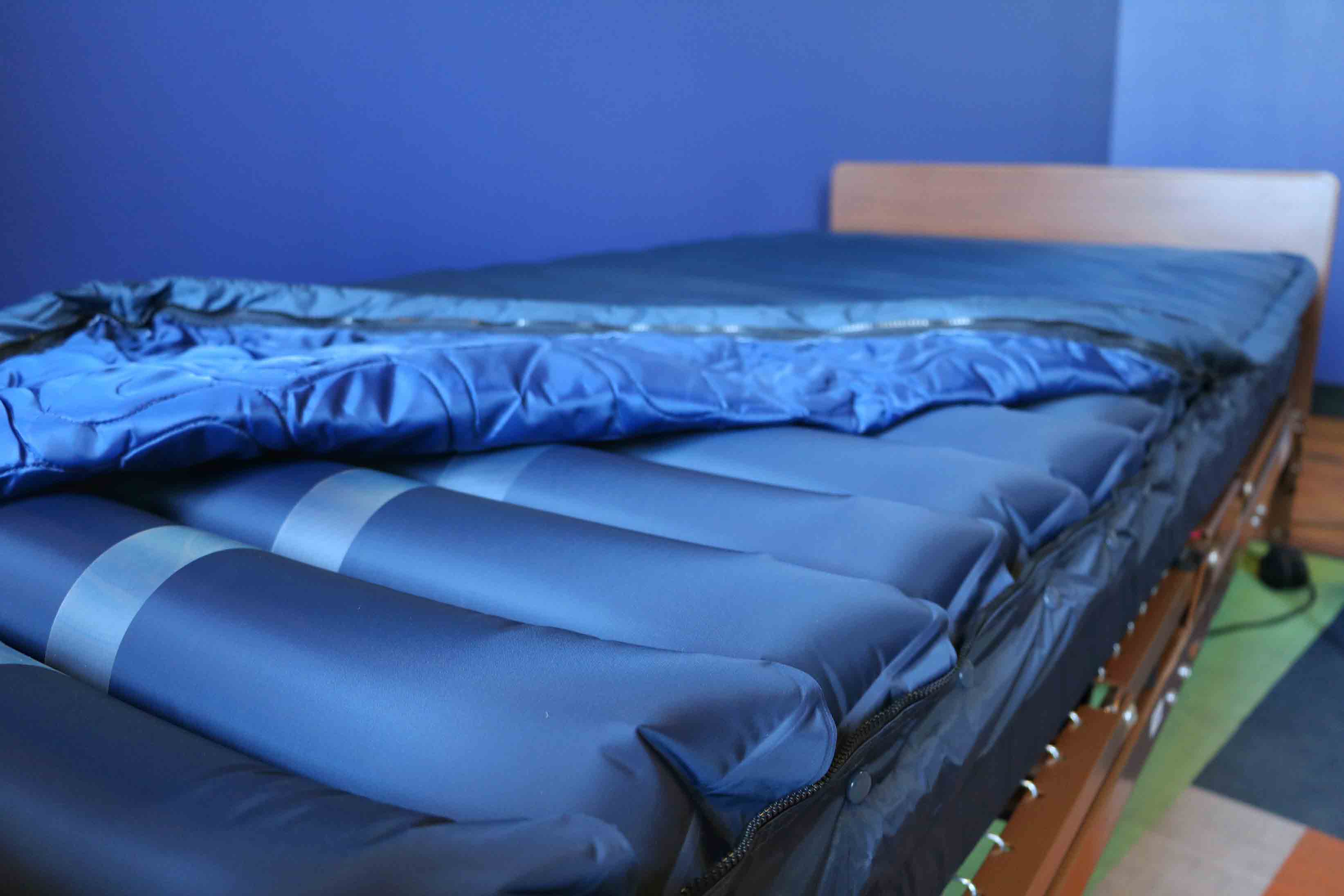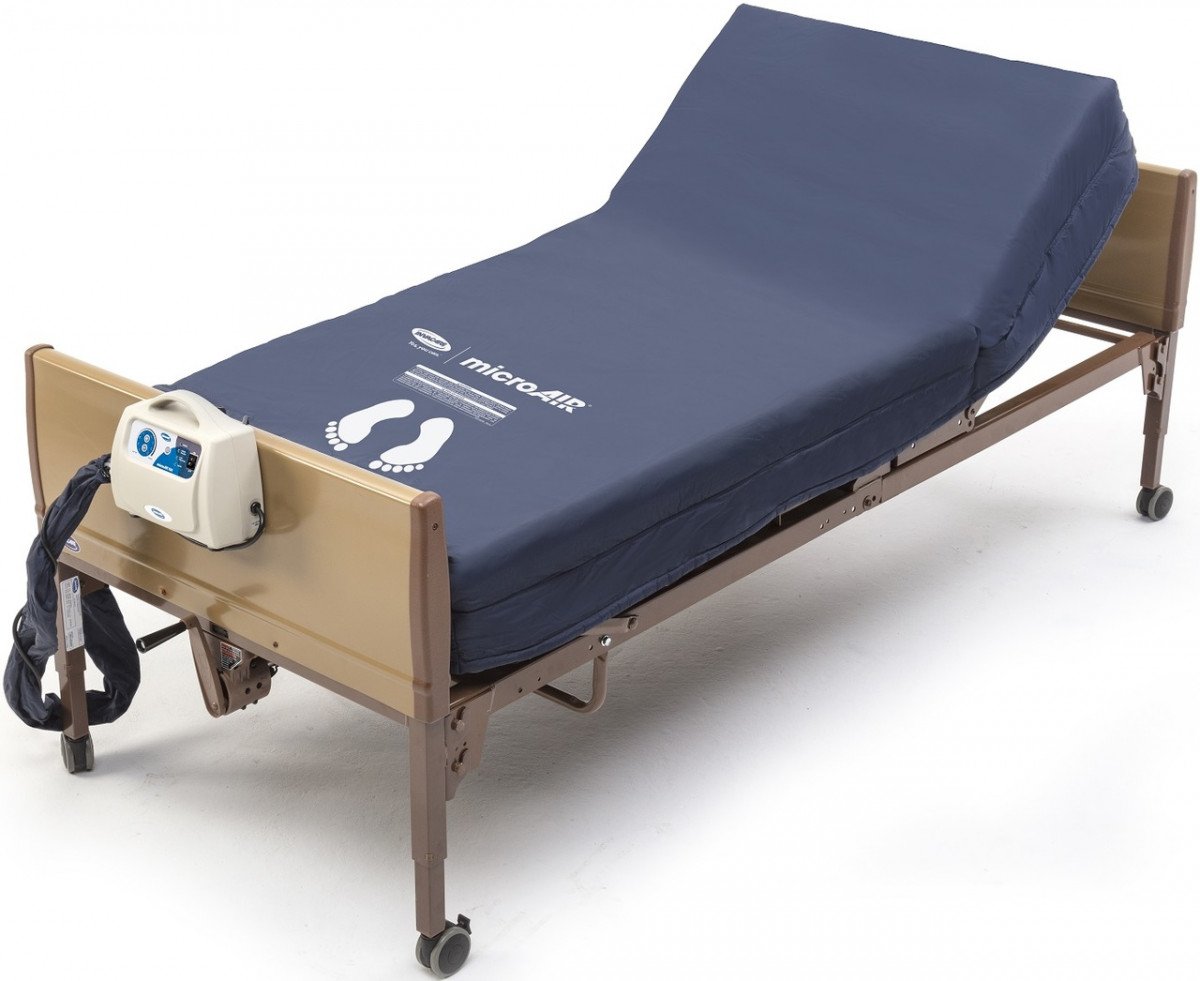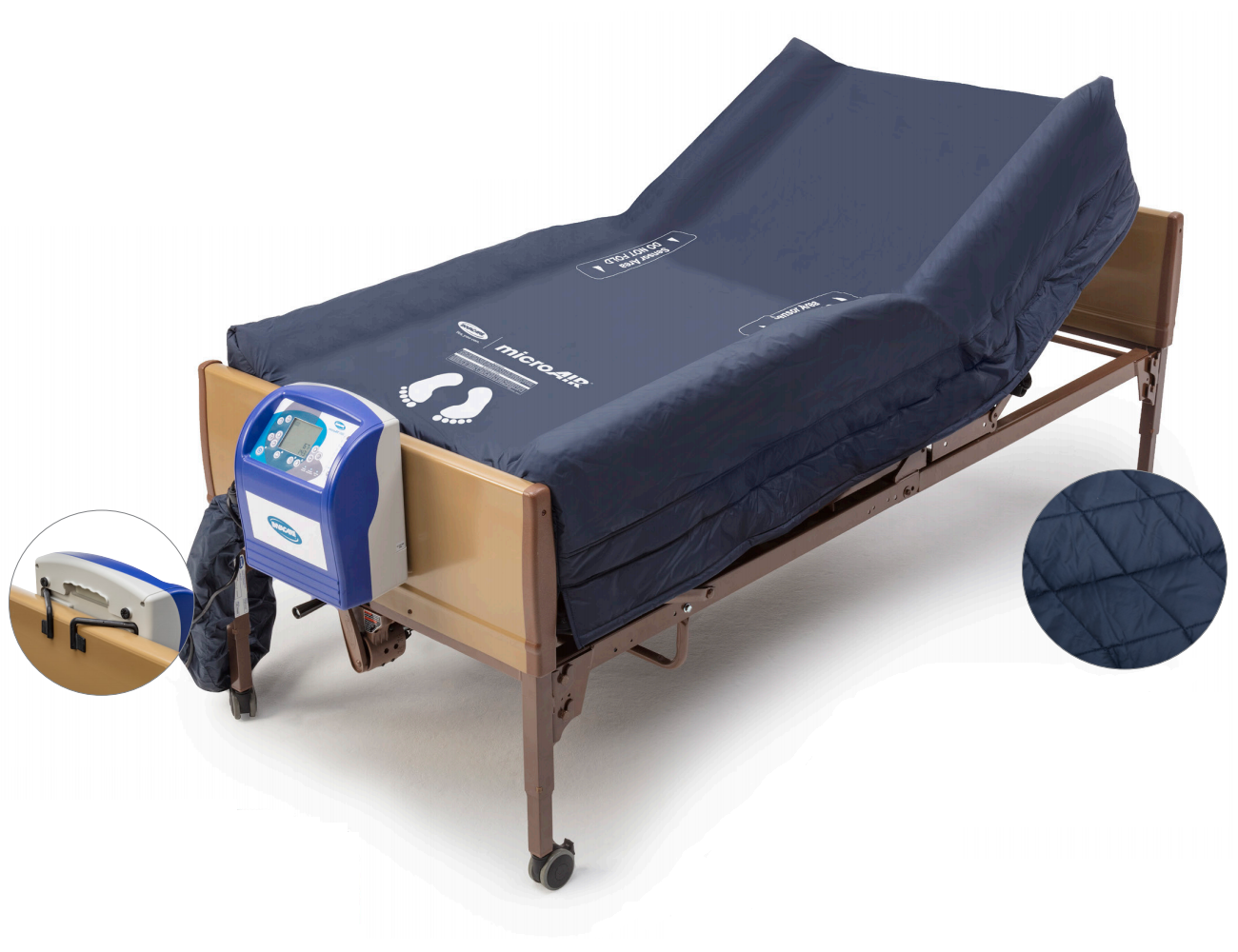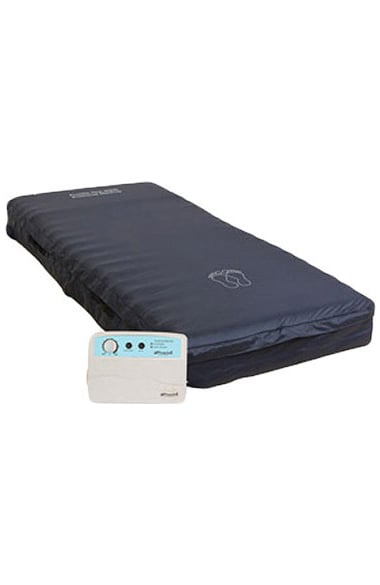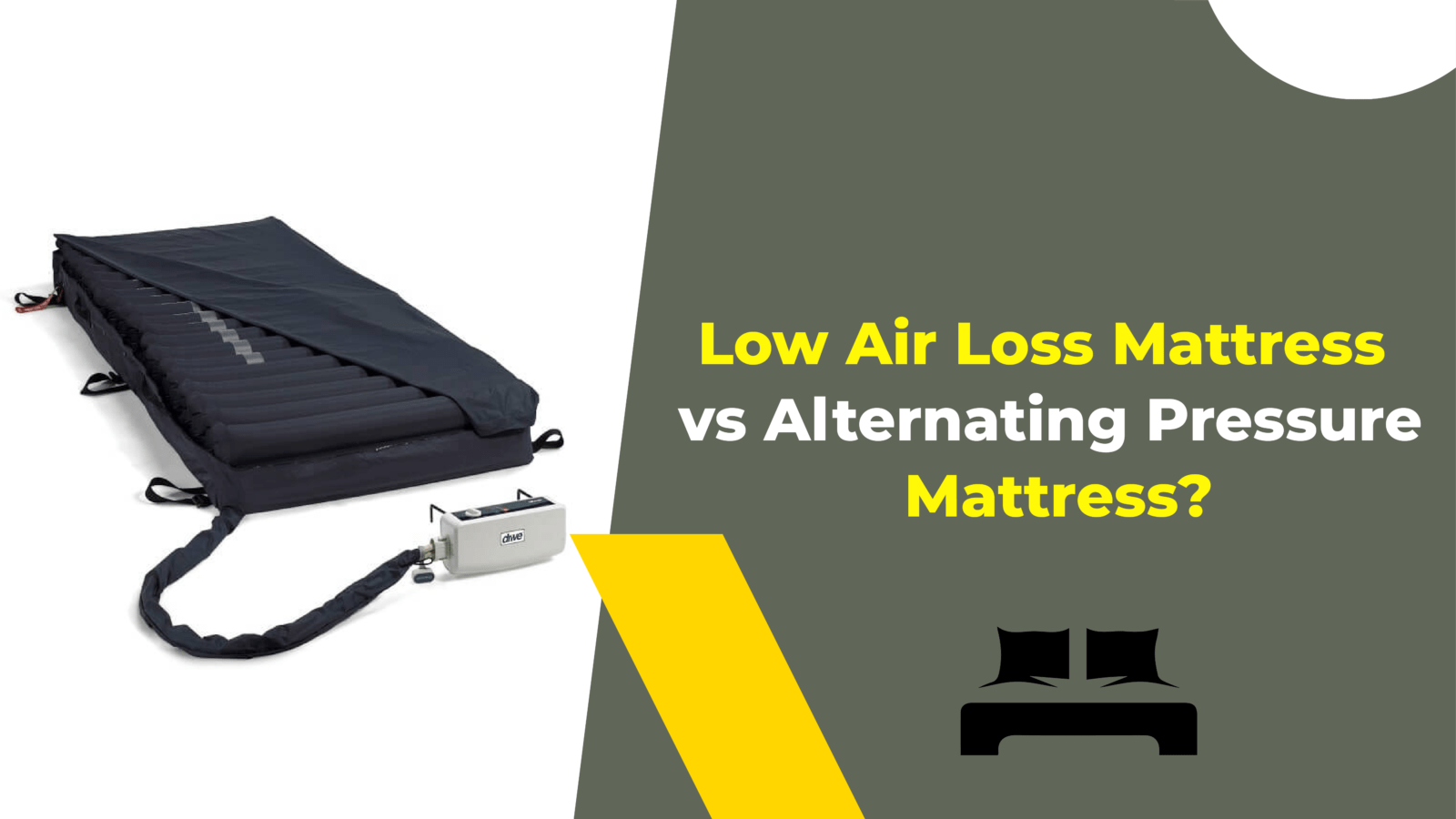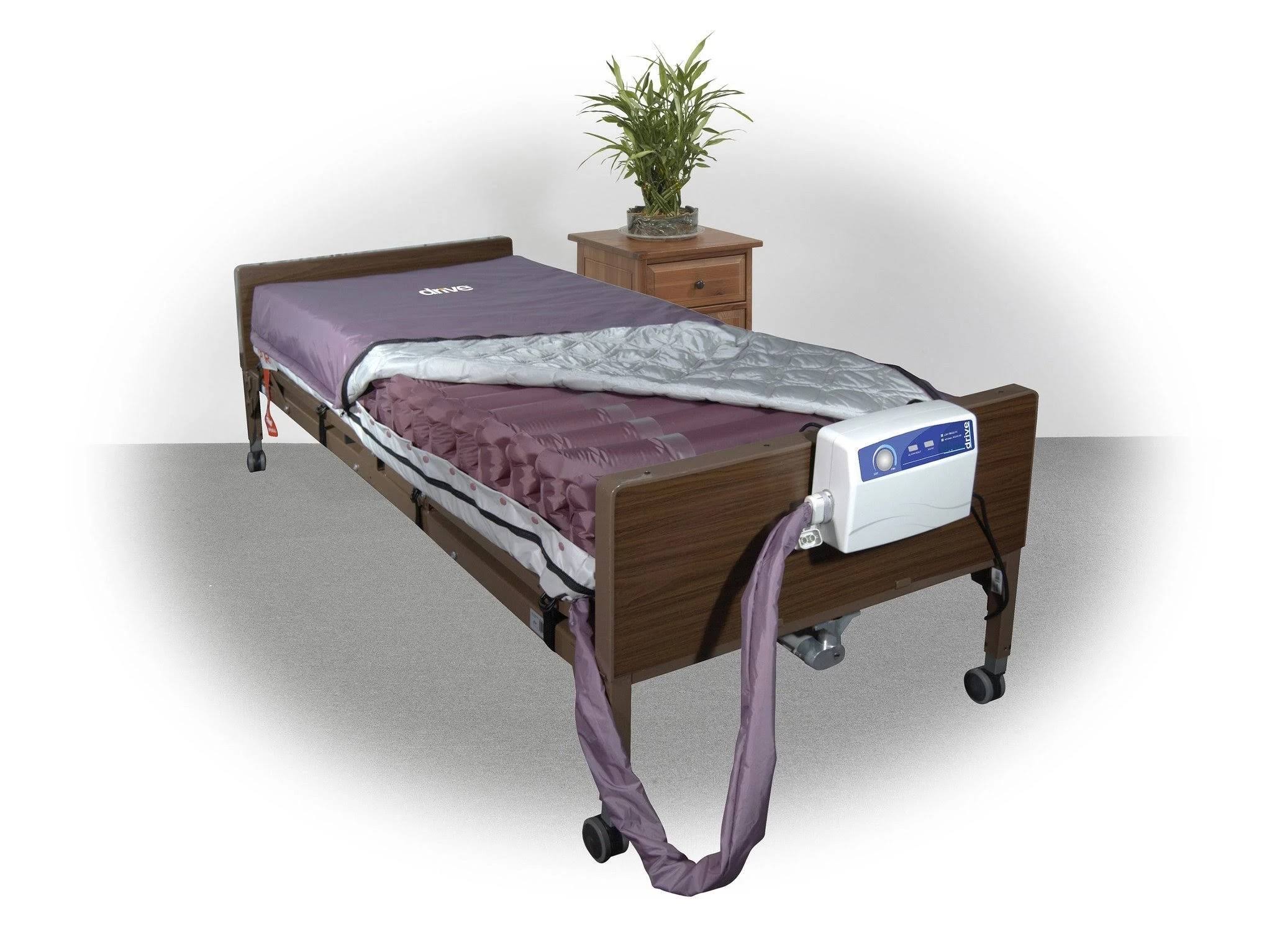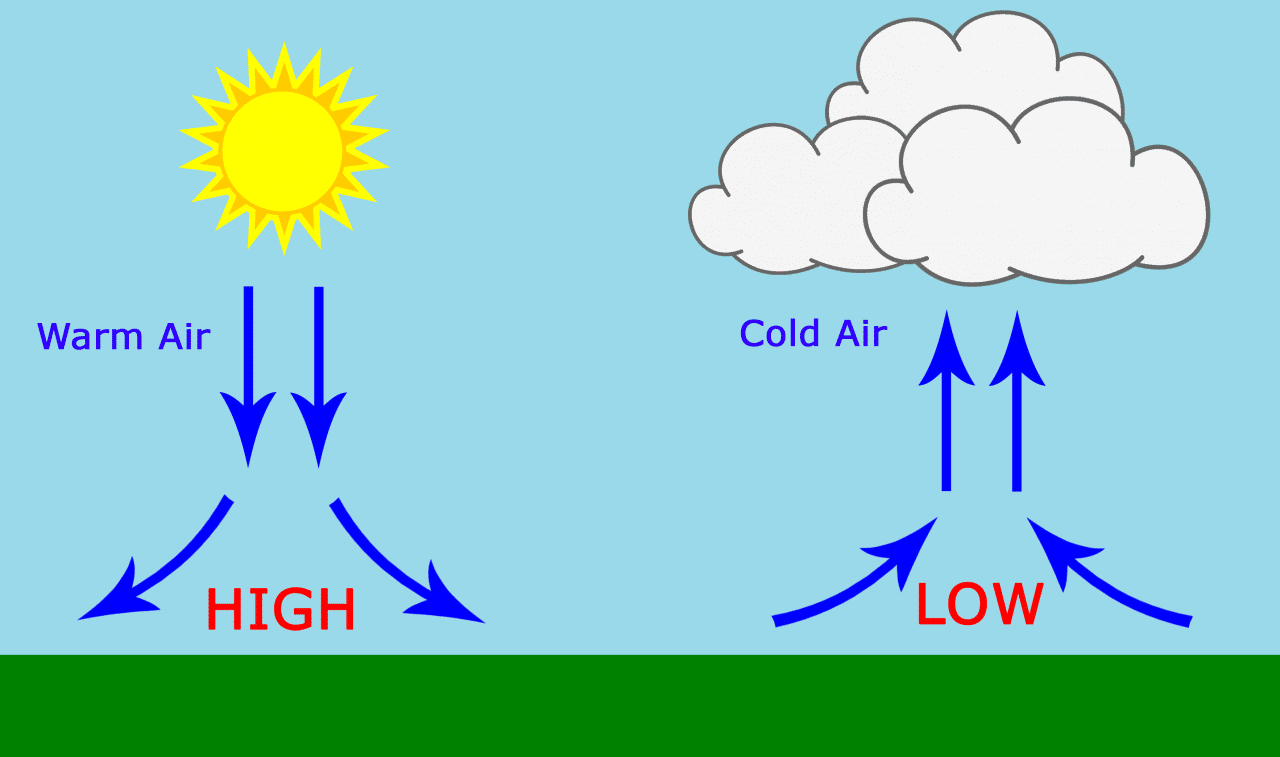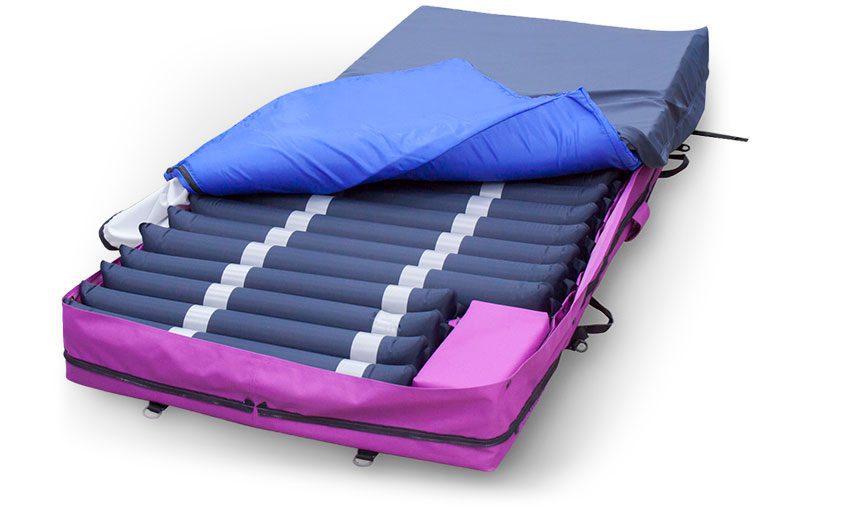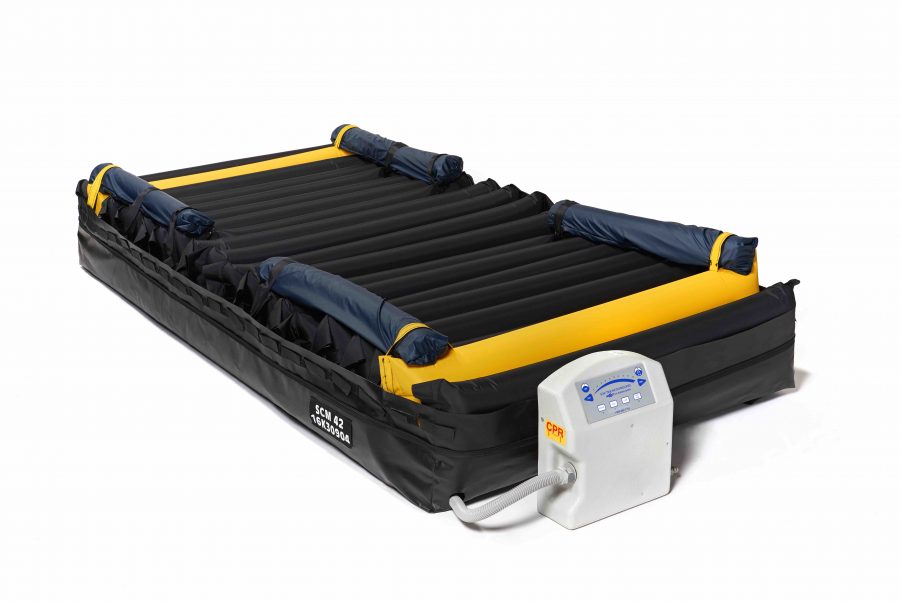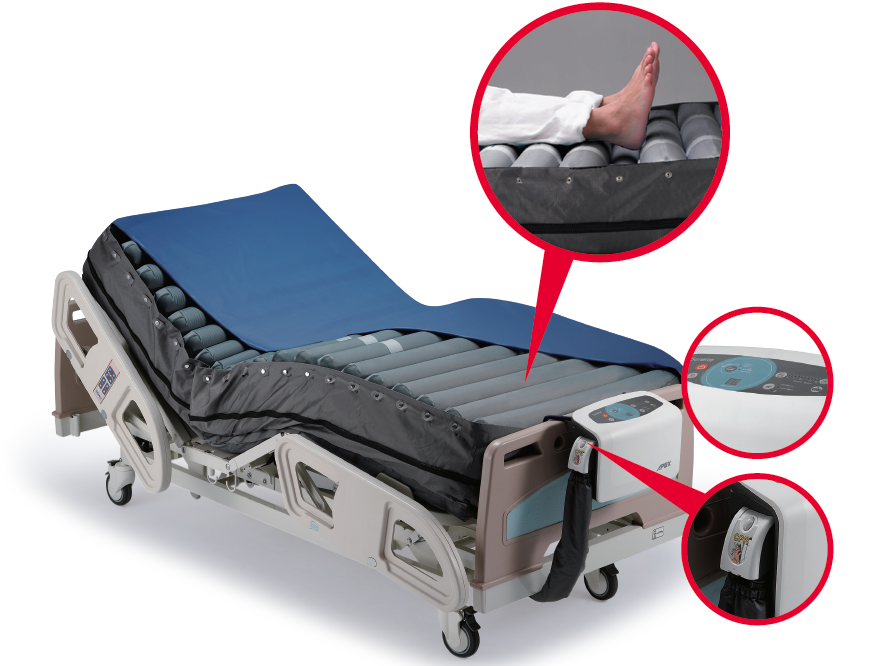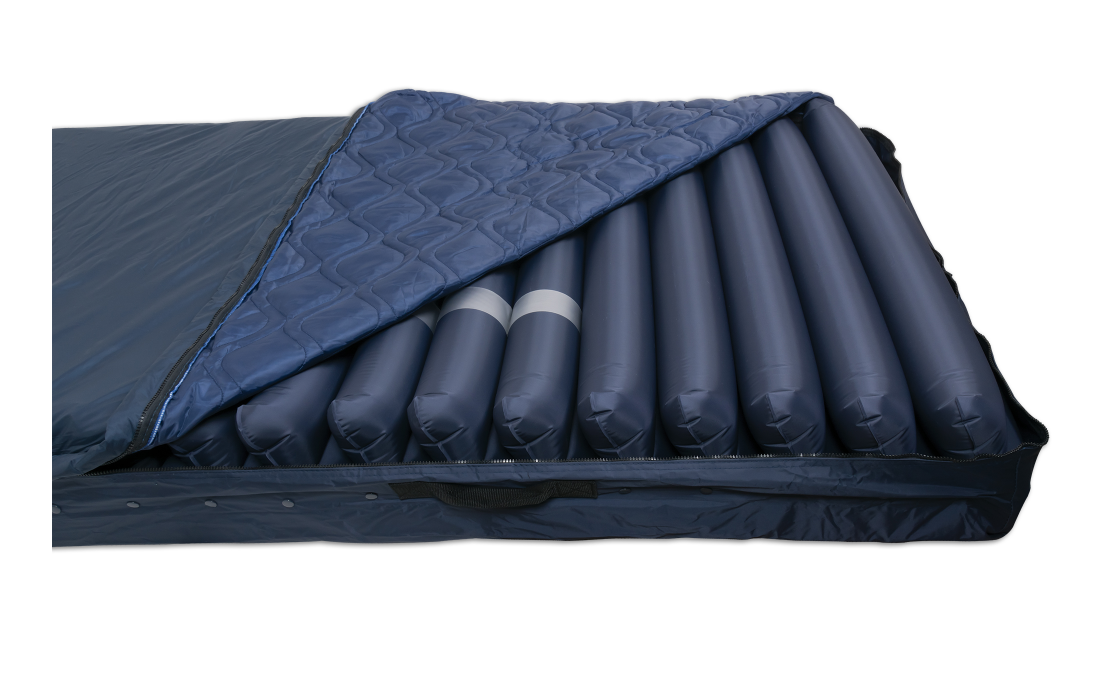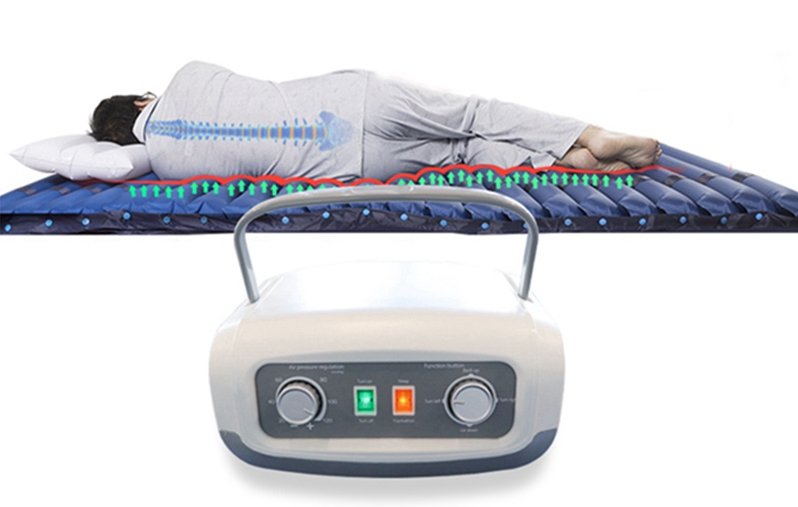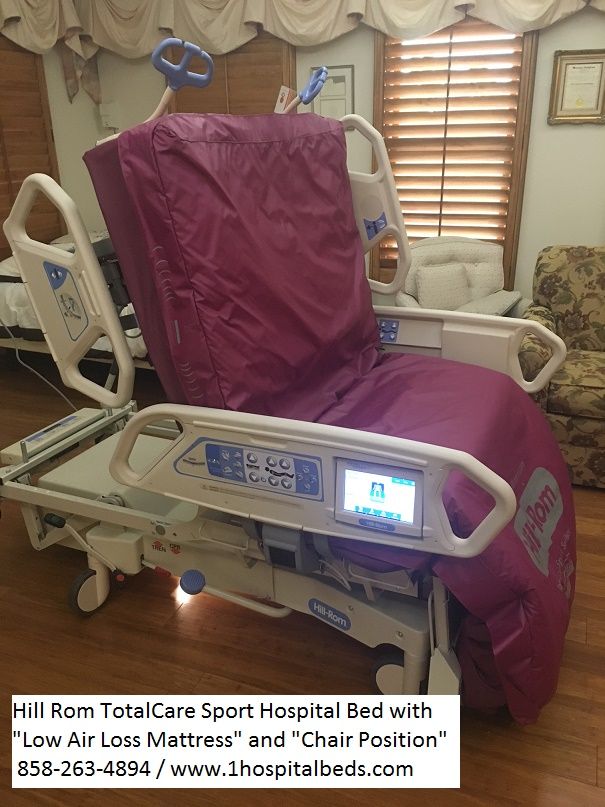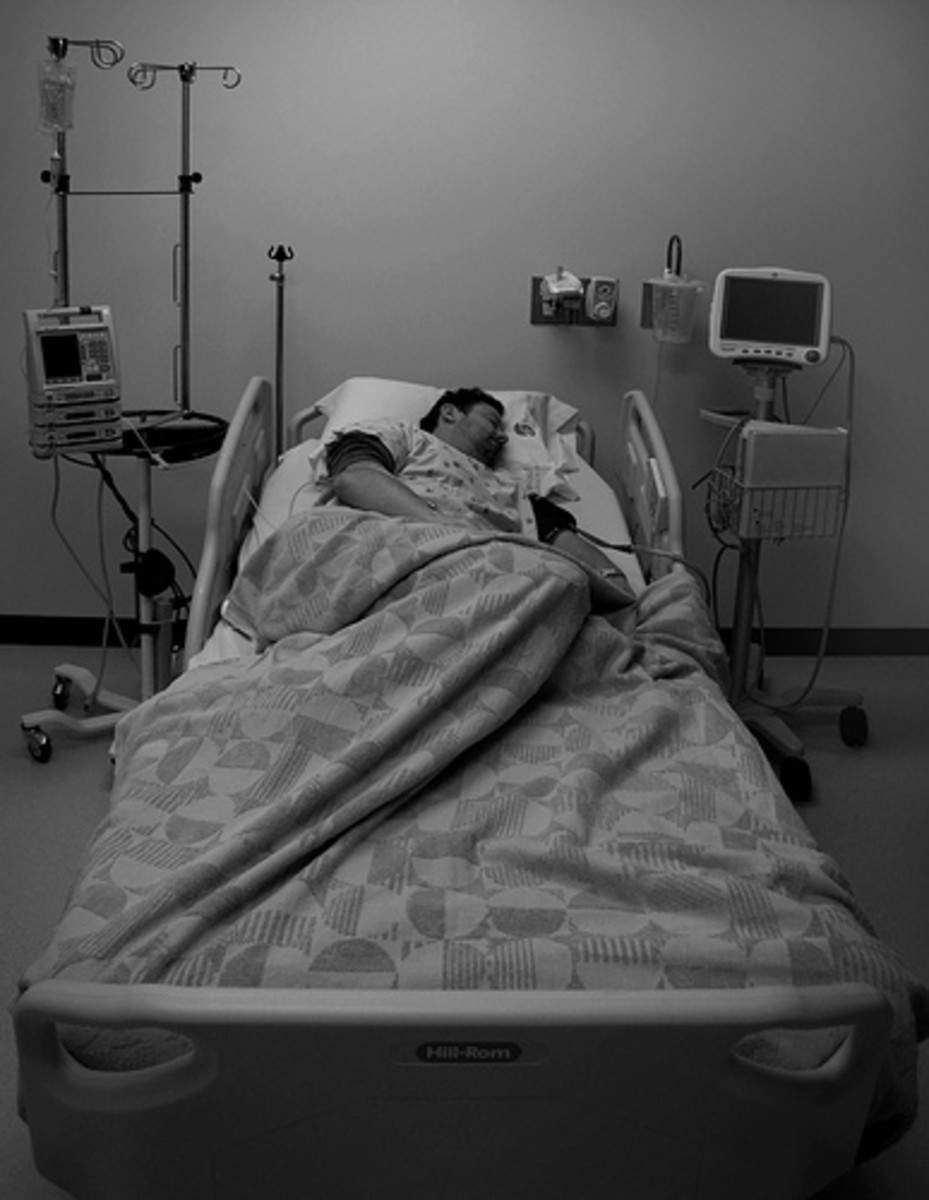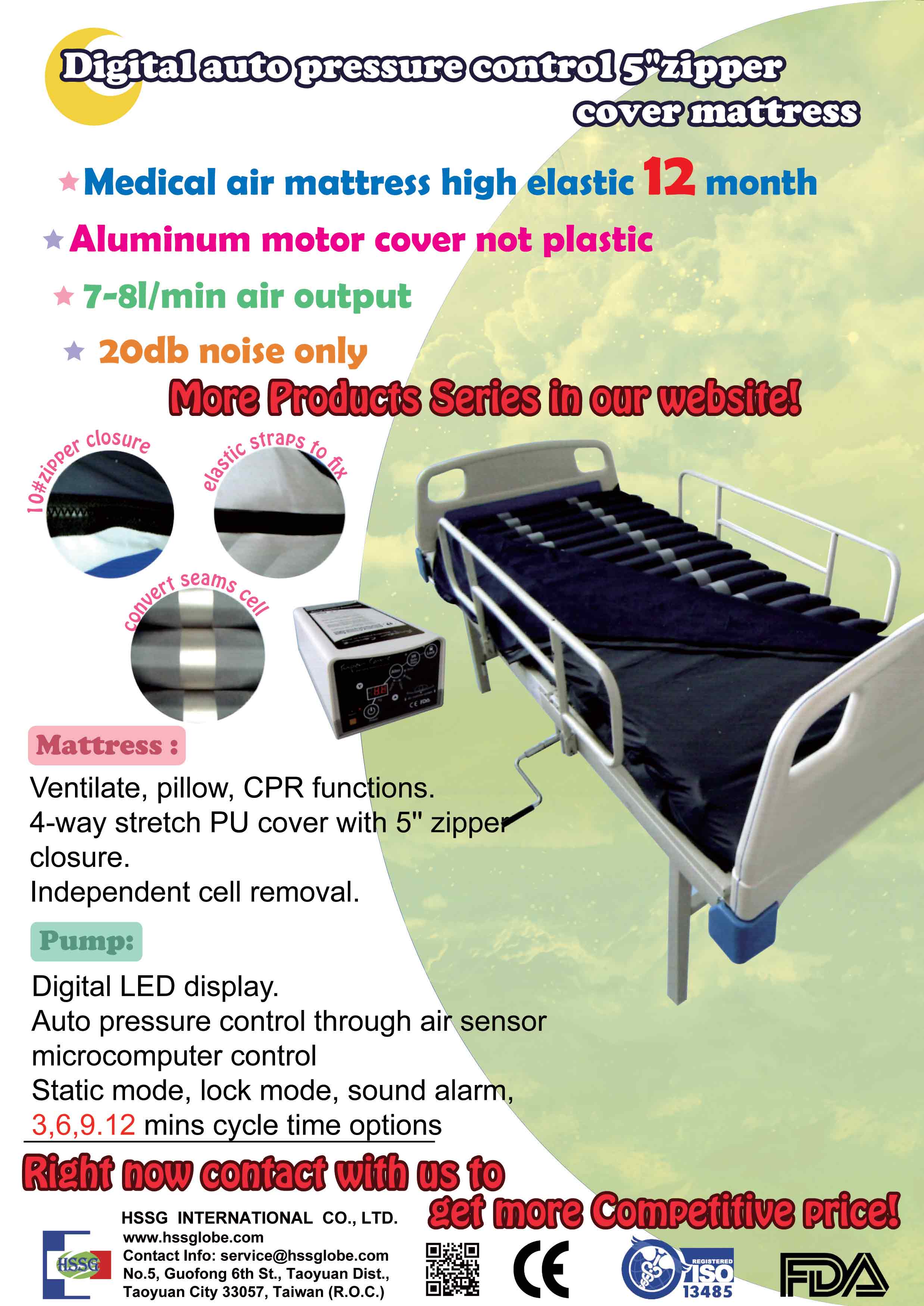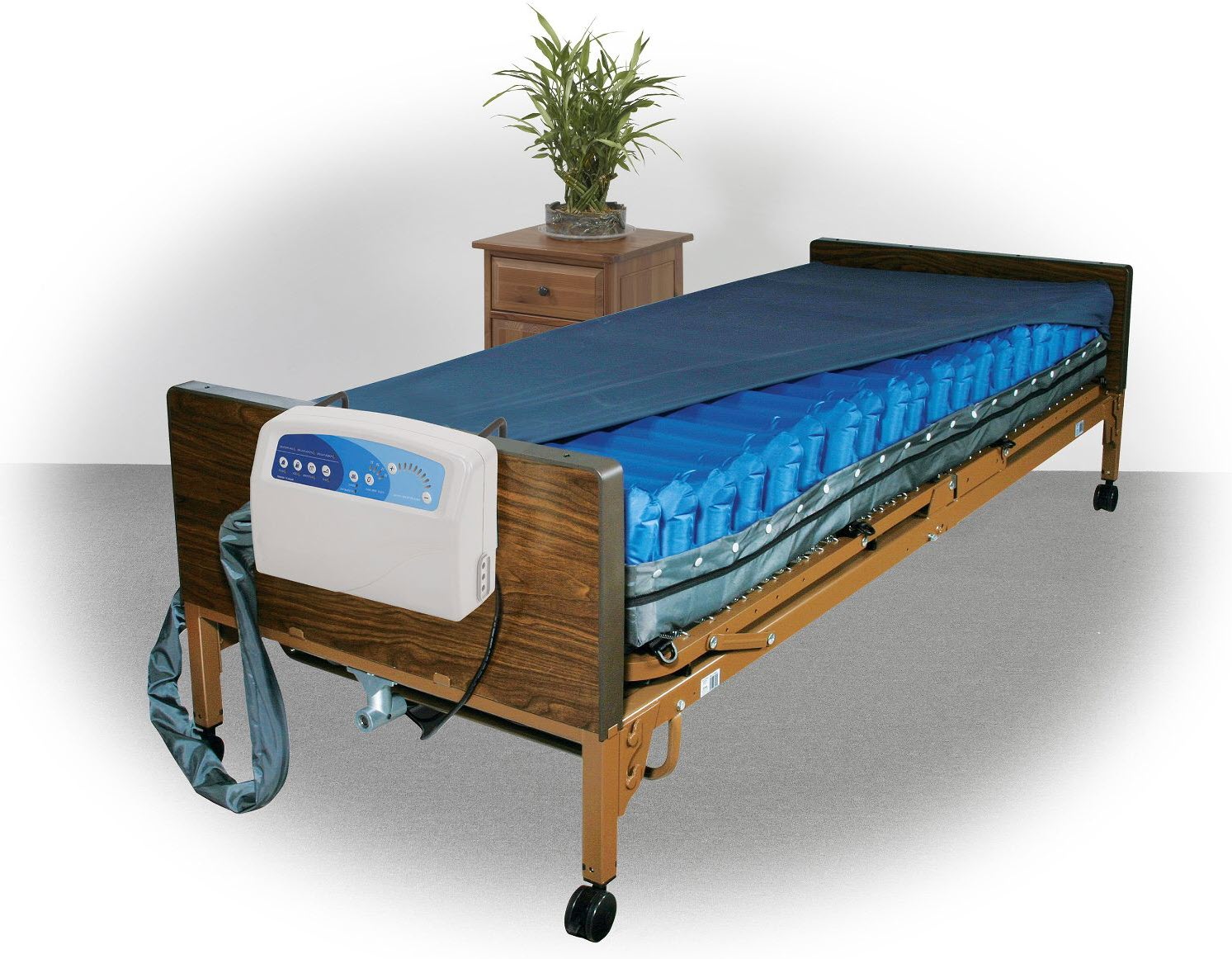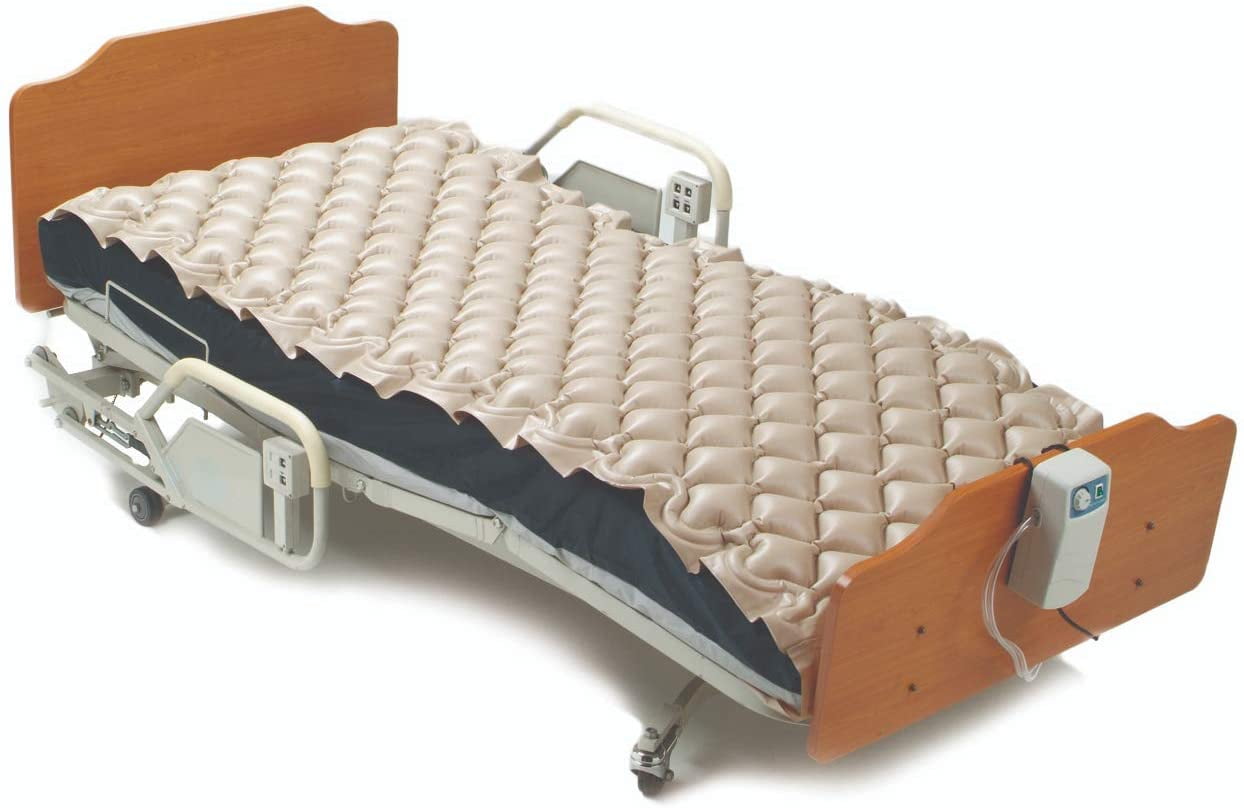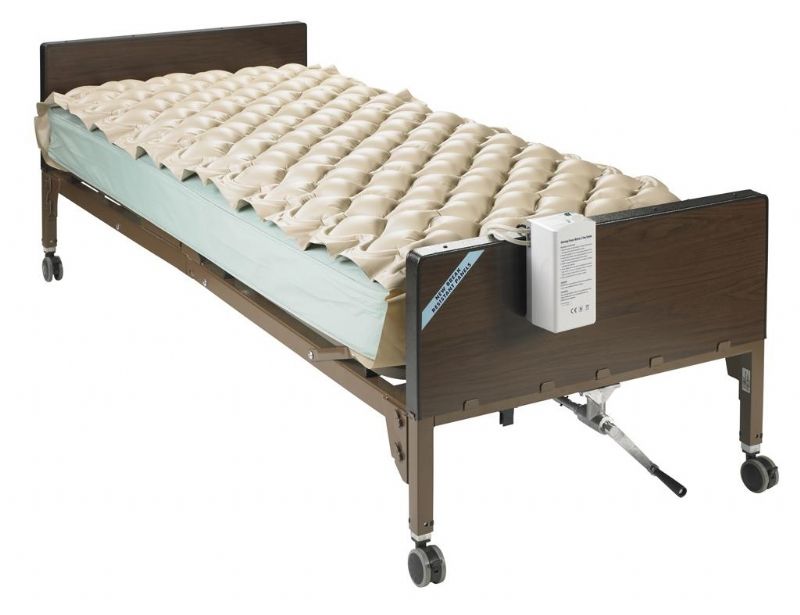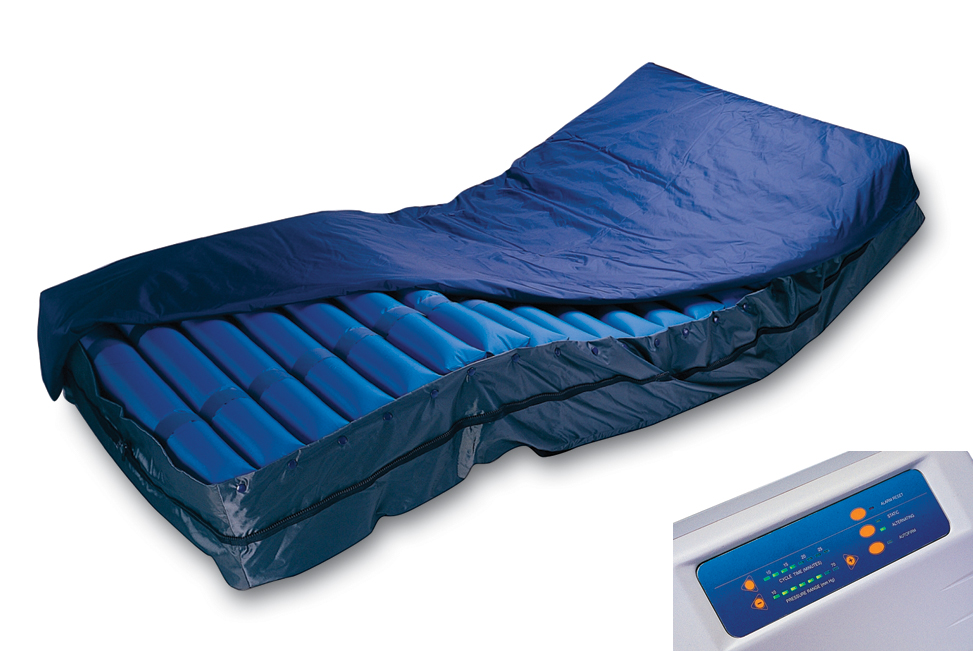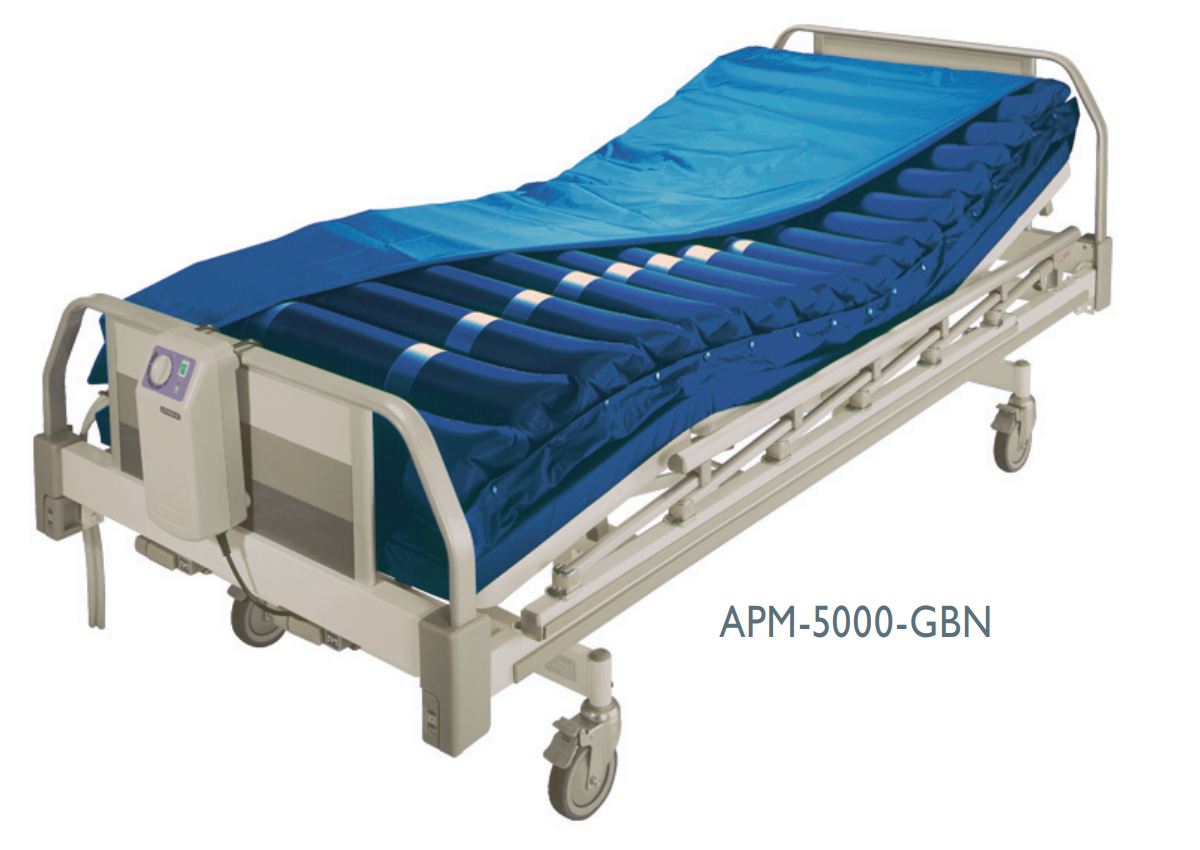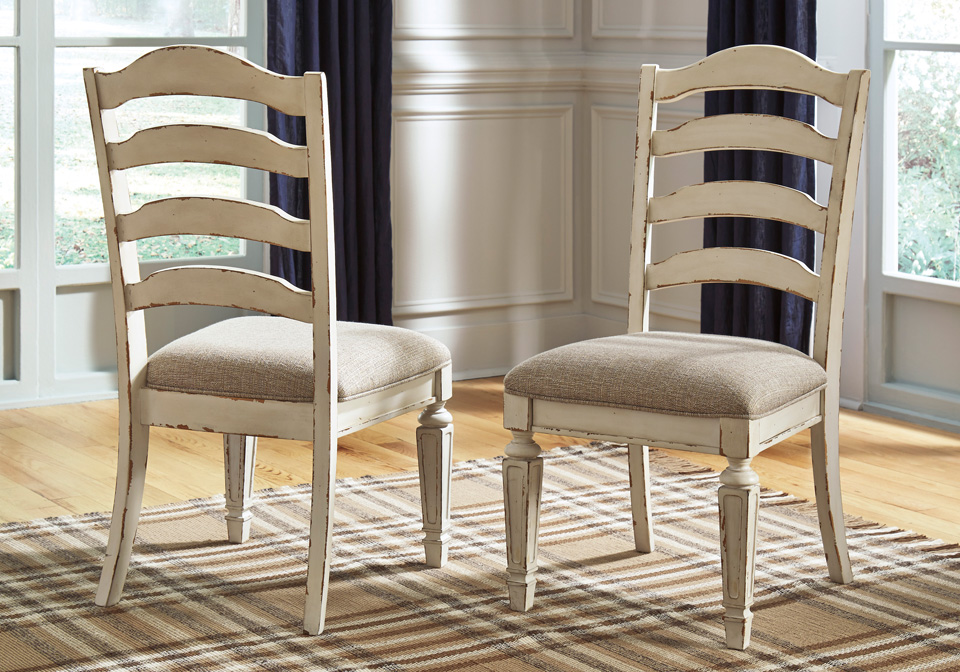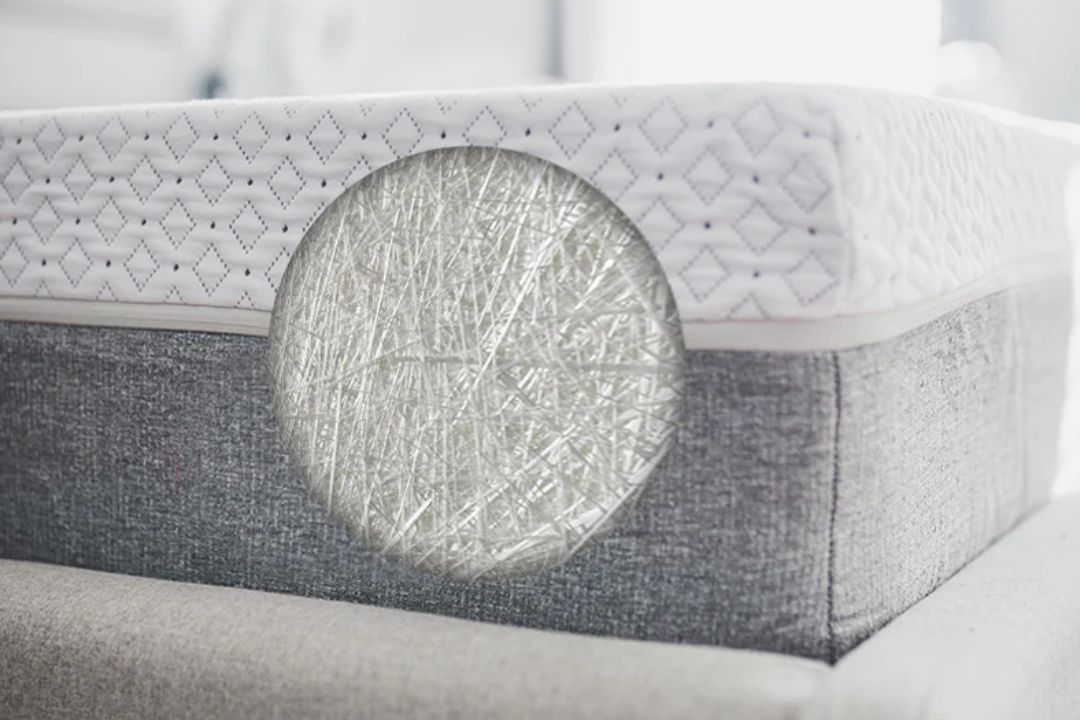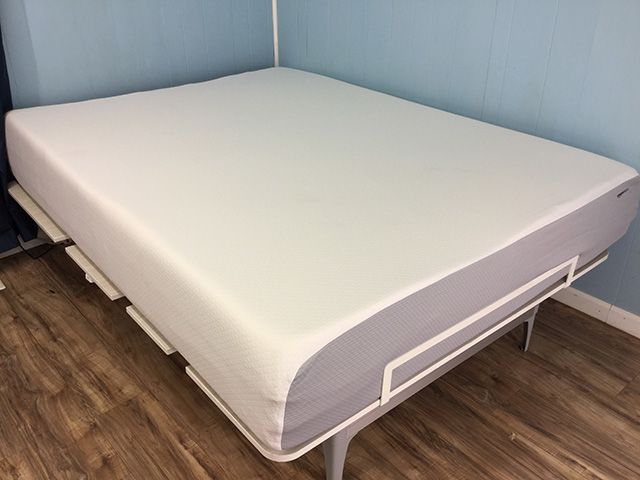An alternating pressure mattress is a type of medical bed that uses air-filled cells to provide pressure relief and prevent bedsores or pressure ulcers. These mattresses are designed to constantly change the pressure points on the body by alternating the inflation and deflation of the cells. This helps to improve blood flow and reduce the risk of developing pressure ulcers. One of the main features of an alternating pressure mattress is its ability to adjust the firmness and pressure levels according to the individual's weight and position. This ensures maximum comfort and support for the patient, especially for those who are bedridden or have limited mobility. Alternating pressure mattresses are often used in hospitals, nursing homes, and home care settings to provide relief for patients who are at risk of developing pressure ulcers.Alternating Pressure Mattress
A low air loss mattress is another type of medical bed that uses a series of air-filled cells to provide pressure relief and prevent pressure ulcers. However, unlike alternating pressure mattresses, low air loss mattresses have small holes in the cells that allow air to escape. This constant airflow helps to reduce moisture and heat buildup on the skin, making it more comfortable for the patient. It also helps to keep the skin dry, which is essential for preventing skin breakdown and promoting wound healing. Low air loss mattresses are often used for patients with existing pressure ulcers or those who are at a high risk of developing them.Low Air Loss Mattress
Both alternating pressure and low air loss mattresses are designed to prevent pressure ulcers, but they have different mechanisms of action. Alternating pressure mattresses focus on changing the pressure points on the body, while low air loss mattresses focus on reducing moisture and promoting airflow. Another key difference is in the types of patients they are suitable for. Alternating pressure mattresses are more commonly used for prevention, while low air loss mattresses are used for both prevention and treatment of pressure ulcers. Ultimately, the choice between an alternating pressure or low air loss mattress will depend on the individual's needs and medical condition.Alternating Pressure vs Low Air Loss
1. Pressure Relief: The main benefit of an alternating pressure mattress is its ability to relieve pressure on the body. By constantly changing the pressure points, it helps to improve blood flow and reduce the risk of developing pressure ulcers. 2. Customizable: These mattresses can be adjusted to accommodate the individual's weight and position, providing personalized comfort and support. 3. Versatile: Alternating pressure mattresses can be used for both prevention and treatment of pressure ulcers, making them a versatile option for medical facilities. 4. Cost-effective: In the long run, investing in an alternating pressure mattress can be more cost-effective than treating pressure ulcers, which can be costly and time-consuming.Benefits of Alternating Pressure Mattress
1. Moisture Control: The constant airflow in low air loss mattresses helps to reduce moisture buildup on the skin, which is crucial for preventing skin breakdown and promoting wound healing. 2. Comfort: The airflow also helps to keep the patient's skin cool and dry, ensuring maximum comfort and reducing the risk of skin irritation. 3. Easy to Clean: These mattresses are designed with easy-to-clean materials and can be wiped down, making them more hygienic and convenient for caregivers. 4. Pressure Relief: Like alternating pressure mattresses, low air loss mattresses also provide pressure relief by distributing weight evenly and reducing pressure on the body.Benefits of Low Air Loss Mattress
1. Mechanism of Action: As mentioned earlier, the main difference between these two mattresses is in their mechanism of action. Alternating pressure mattresses change pressure points, while low air loss mattresses promote airflow. 2. Types of Patients: Alternating pressure mattresses are more commonly used for prevention, while low air loss mattresses are used for both prevention and treatment of pressure ulcers. 3. Cost: Low air loss mattresses are generally more expensive than alternating pressure mattresses due to their added features and benefits. 4. Maintenance: Both mattresses require regular maintenance to ensure optimal performance. However, low air loss mattresses may require more frequent maintenance due to their airflow system.Comparison of Alternating Pressure and Low Air Loss Mattress
1. Air-filled Cells: These mattresses are made up of air-filled cells that change pressure points and provide relief for the body. 2. Adjustable Firmness: The firmness of the mattress can be adjusted to accommodate the individual's weight and position. 3. Pulsating Air: Some alternating pressure mattresses have the option of pulsating air, mimicking the movement of a massage for added comfort. 4. Quiet Operation: These mattresses are designed to operate quietly, ensuring a peaceful sleep for the patient.Features of Alternating Pressure Mattress
1. Airflow System: The main feature of a low air loss mattress is its constant airflow system, which helps to reduce moisture and promote wound healing. 2. Microclimate Control: The airflow also helps to regulate the temperature and keep the skin cool and dry. 3. CPR Quick Release: These mattresses have a quick release valve that can be activated in case of an emergency, allowing for quick deflation and access to the patient. 4. Easy-to-Clean Materials: Low air loss mattresses are made with materials that are easy to clean and maintain, making them more hygienic for patients and caregivers.Features of Low Air Loss Mattress
Pressure ulcers, also known as bedsores, are a common problem for individuals who are bedridden or have limited mobility. These ulcers are caused by prolonged pressure on the skin, which can lead to tissue damage and open wounds. An alternating pressure mattress can help to prevent pressure ulcers by constantly changing the pressure points on the body. This improves blood flow and reduces the risk of developing pressure ulcers. For patients who already have pressure ulcers, an alternating pressure mattress can also be beneficial in providing relief and promoting healing.Alternating Pressure Mattress for Pressure Ulcers
Wound healing is a complex process that requires a clean and moist environment. Low air loss mattresses can play a crucial role in promoting wound healing by controlling moisture and providing a clean and dry surface for the wound to heal. The constant airflow helps to reduce the risk of infection and promotes the growth of healthy tissue. The temperature regulation also helps to keep the wound at an optimal temperature for healing.Low Air Loss Mattress for Wound Healing
Alternating Pressure Mattress vs. Low Air Loss Mattress: Which is Best for Your Health?
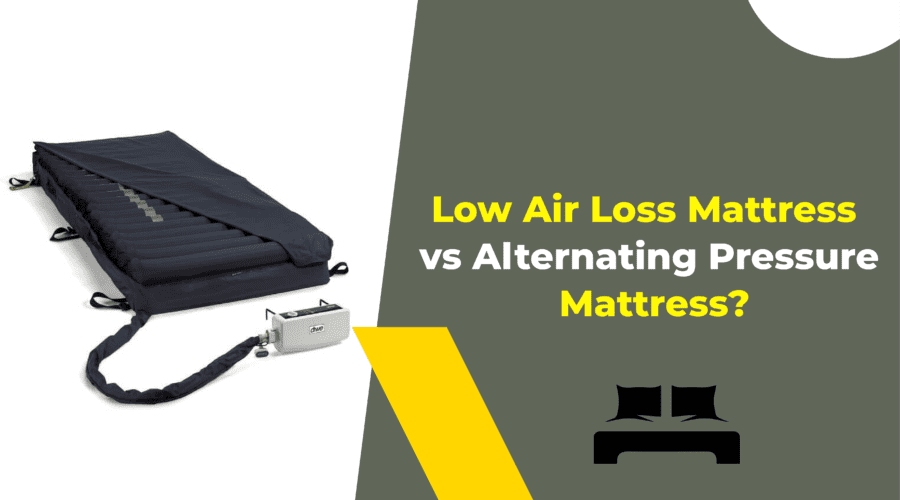
The Importance of Choosing the Right Mattress
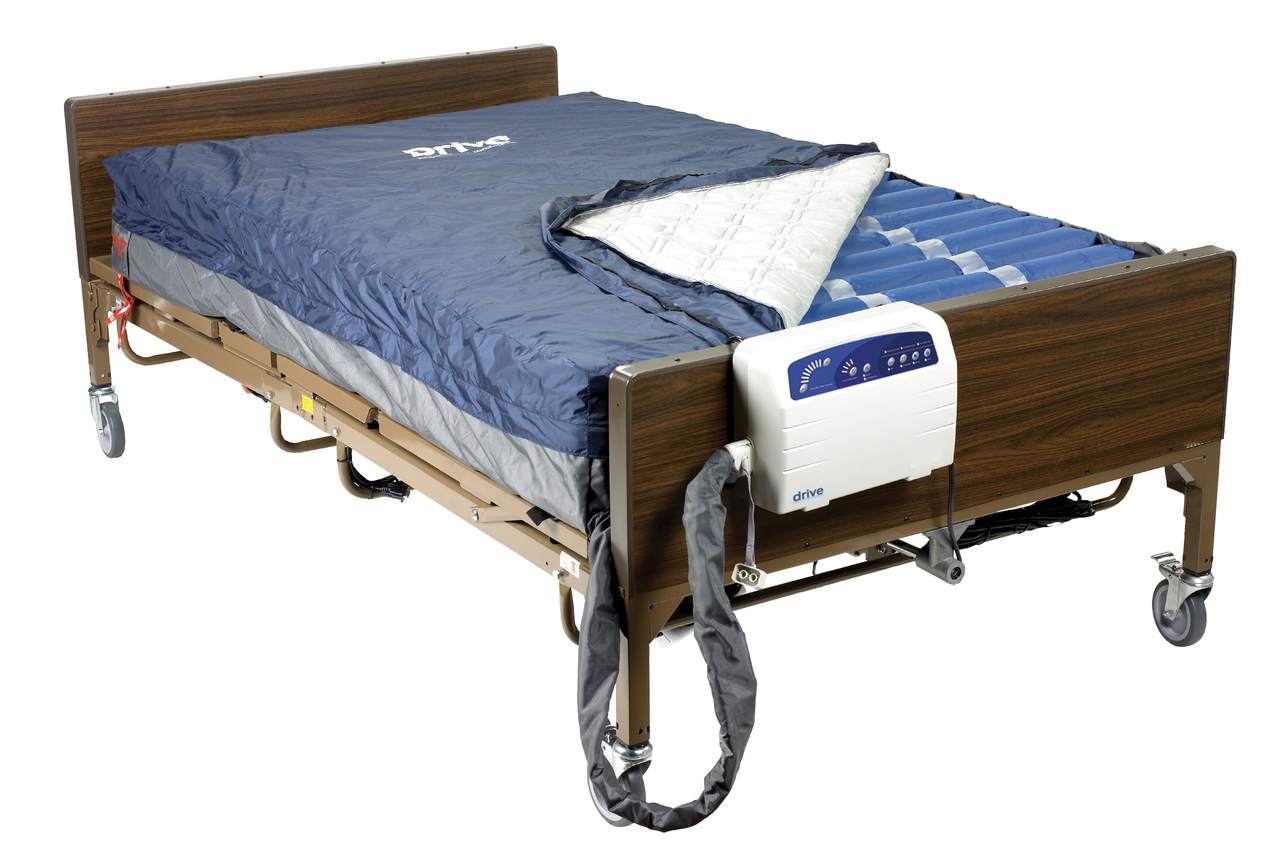 When it comes to designing your home, one of the most important aspects to consider is the furniture and appliances you choose. This is especially true for the bedroom, where you spend a significant amount of time resting and rejuvenating your body. One of the most crucial pieces of furniture in the bedroom is the
mattress
. It not only affects the quality of your sleep, but it also plays a significant role in maintaining your overall health. With the variety of mattresses available on the market, it can be overwhelming to choose the right one. In this article, we will be comparing two popular types of mattresses –
alternating pressure mattress
and
low air loss mattress
– and determining which is the best option for your health.
When it comes to designing your home, one of the most important aspects to consider is the furniture and appliances you choose. This is especially true for the bedroom, where you spend a significant amount of time resting and rejuvenating your body. One of the most crucial pieces of furniture in the bedroom is the
mattress
. It not only affects the quality of your sleep, but it also plays a significant role in maintaining your overall health. With the variety of mattresses available on the market, it can be overwhelming to choose the right one. In this article, we will be comparing two popular types of mattresses –
alternating pressure mattress
and
low air loss mattress
– and determining which is the best option for your health.
What is an Alternating Pressure Mattress?
 An
alternating pressure mattress
is a specialized type of mattress that is designed to provide pressure relief for individuals who are bedridden or have limited mobility. It consists of multiple air cells that inflate and deflate in a cyclical pattern, providing relief to different pressure points on the body. This helps to prevent bedsores, improve blood circulation, and reduce the risk of developing other health issues related to prolonged bed rest.
An
alternating pressure mattress
is a specialized type of mattress that is designed to provide pressure relief for individuals who are bedridden or have limited mobility. It consists of multiple air cells that inflate and deflate in a cyclical pattern, providing relief to different pressure points on the body. This helps to prevent bedsores, improve blood circulation, and reduce the risk of developing other health issues related to prolonged bed rest.
What is a Low Air Loss Mattress?
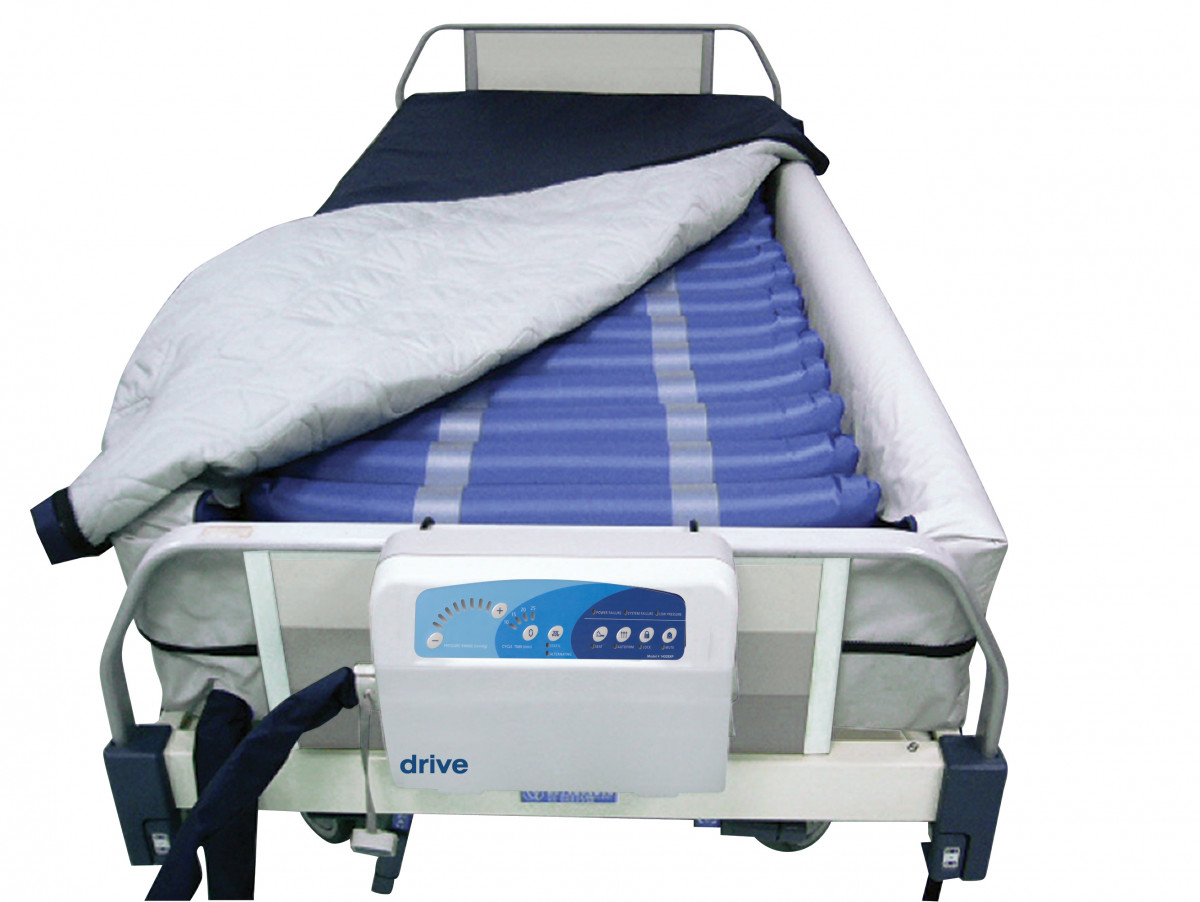 A
low air loss mattress
is another type of specialized mattress that is designed to provide pressure relief and promote skin integrity. Unlike an alternating pressure mattress, a low air loss mattress is equipped with a blower system that circulates air through the mattress, creating a constant flow of air. This helps to regulate the temperature and moisture levels on the surface of the mattress, reducing the risk of developing bedsores and other skin issues.
A
low air loss mattress
is another type of specialized mattress that is designed to provide pressure relief and promote skin integrity. Unlike an alternating pressure mattress, a low air loss mattress is equipped with a blower system that circulates air through the mattress, creating a constant flow of air. This helps to regulate the temperature and moisture levels on the surface of the mattress, reducing the risk of developing bedsores and other skin issues.
Which is Best for Your Health?
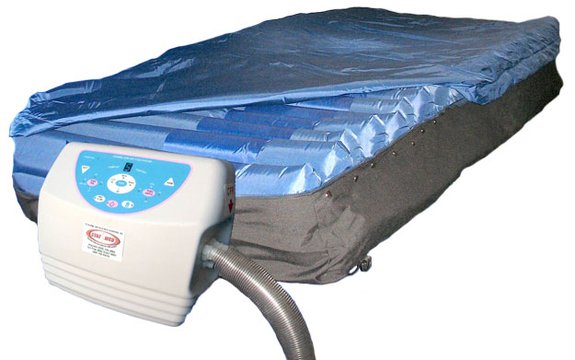 Both
alternating pressure mattresses
and
low air loss mattresses
are effective in providing pressure relief and promoting skin integrity. However, the best option for your health depends on your specific needs. If you are bedridden or have limited mobility, an alternating pressure mattress may be the better choice as it offers targeted pressure relief to different areas of the body. On the other hand, if you are at risk of developing skin issues such as bedsores, a low air loss mattress may be more suitable as it helps to regulate temperature and moisture levels on the surface of the mattress.
In conclusion, when it comes to choosing between an
alternating pressure mattress
and a
low air loss mattress
, it is important to consider your specific needs and health requirements. Both mattresses offer unique features that can benefit your overall health, and it is essential to consult with a healthcare professional to determine which option is best for you. Remember, a good mattress is not only about comfort, but it also plays a crucial role in maintaining your health and well-being.
Both
alternating pressure mattresses
and
low air loss mattresses
are effective in providing pressure relief and promoting skin integrity. However, the best option for your health depends on your specific needs. If you are bedridden or have limited mobility, an alternating pressure mattress may be the better choice as it offers targeted pressure relief to different areas of the body. On the other hand, if you are at risk of developing skin issues such as bedsores, a low air loss mattress may be more suitable as it helps to regulate temperature and moisture levels on the surface of the mattress.
In conclusion, when it comes to choosing between an
alternating pressure mattress
and a
low air loss mattress
, it is important to consider your specific needs and health requirements. Both mattresses offer unique features that can benefit your overall health, and it is essential to consult with a healthcare professional to determine which option is best for you. Remember, a good mattress is not only about comfort, but it also plays a crucial role in maintaining your health and well-being.



